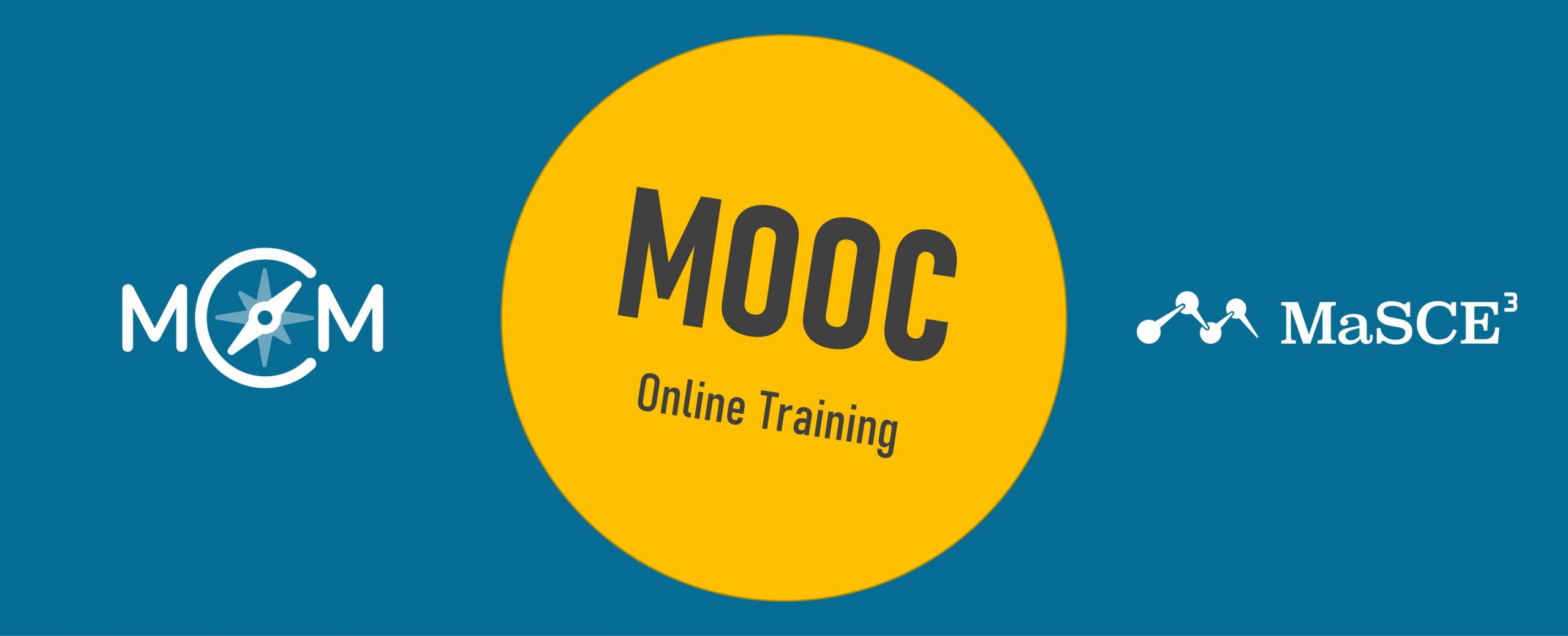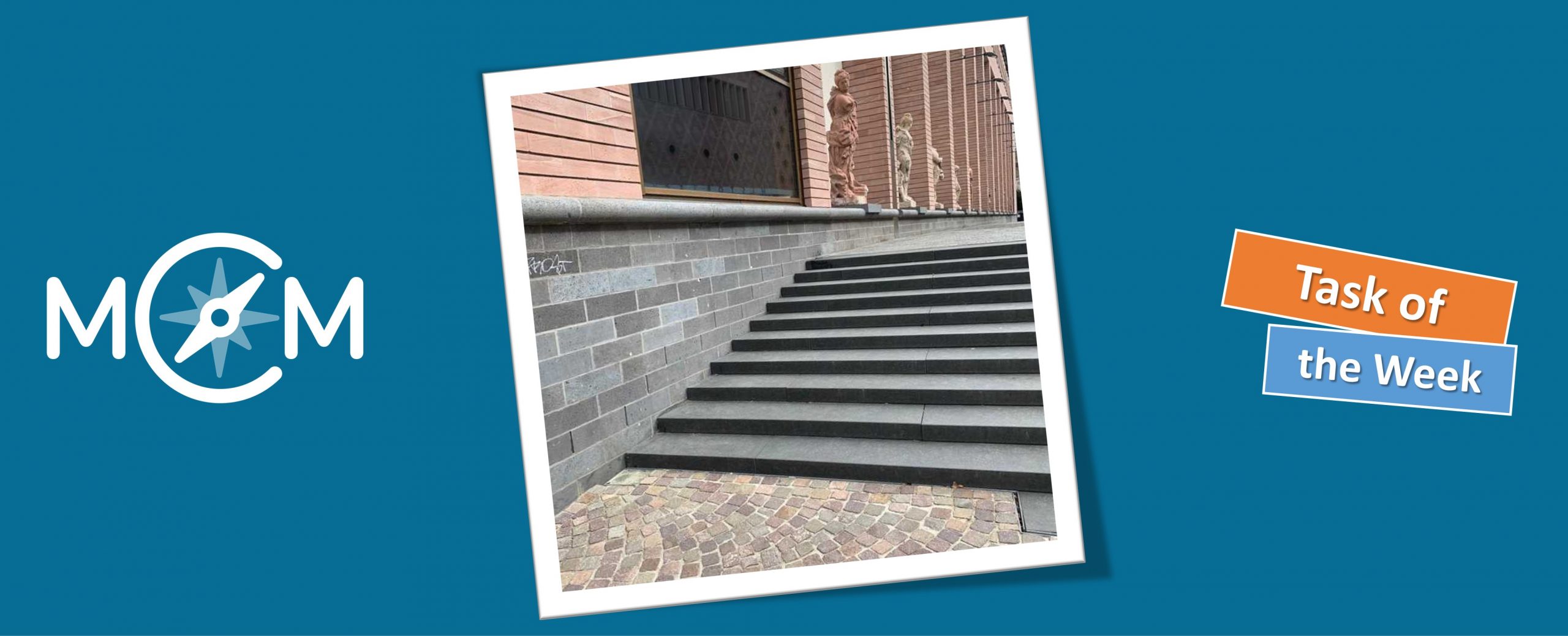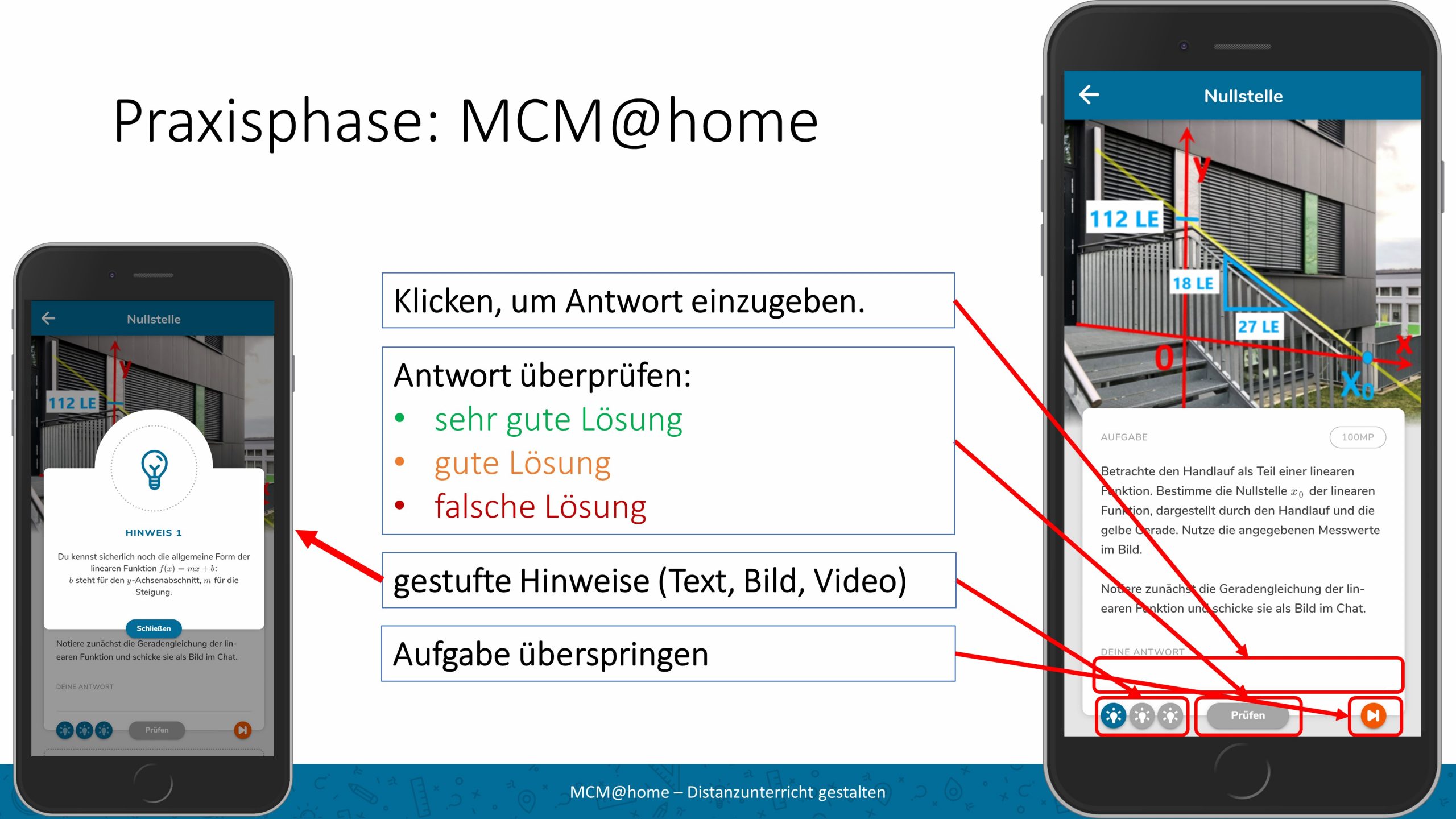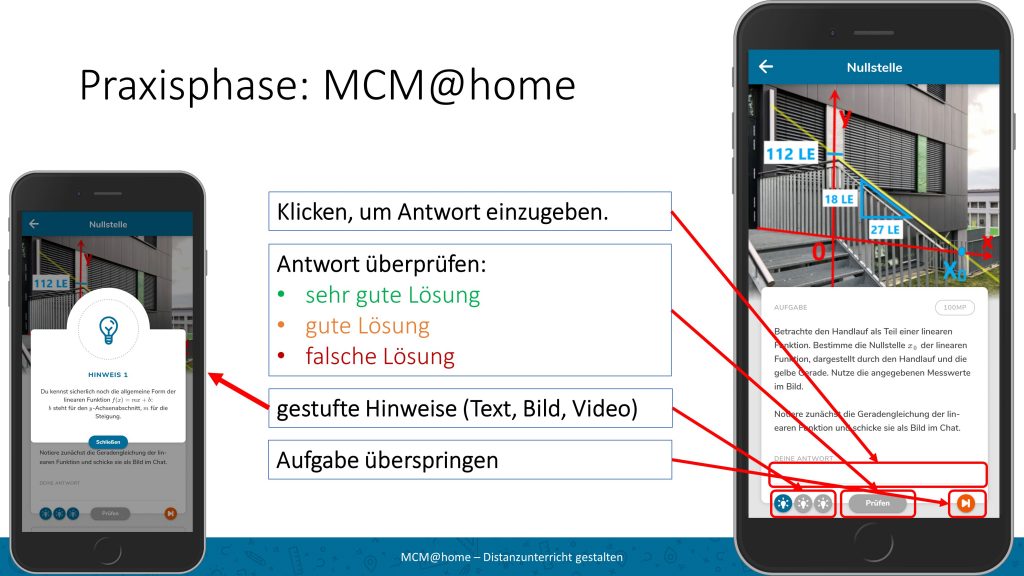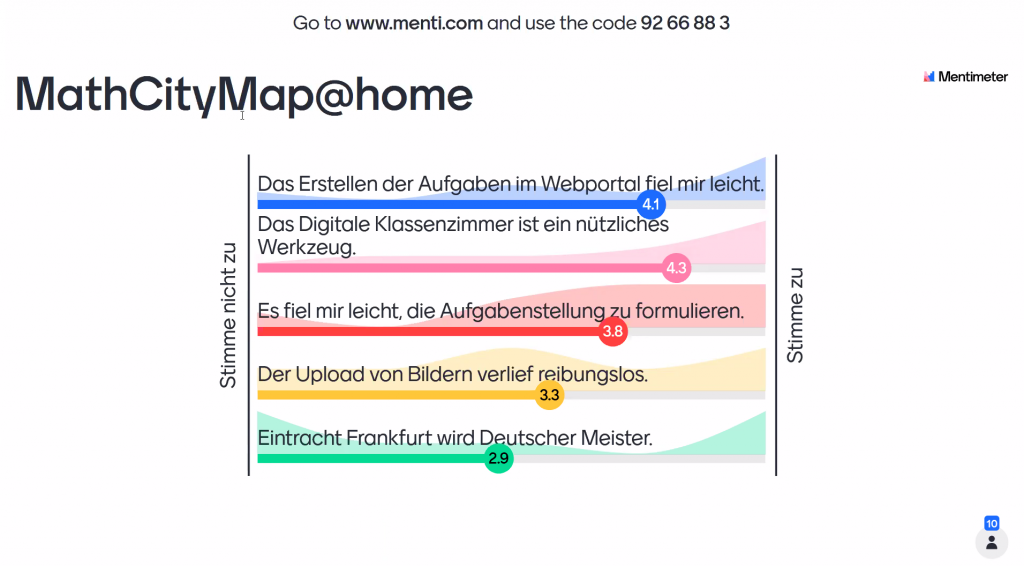*** You can register until 28th March! The MOOC starts on 8th March!***
Are you interested in doing outdoor mathematics with your students? Do you search for interesting and motivating ways of teaching? Do you want to get in contact with teachers all over Europe?
Then our MOOC (Massive Open Online Course) on how to create math trails with MathCityMap is the right choice for you! Register now!
With our MOOC, we intend to
- introduce the system MathCityMap® for teaching mathematics outdoors with digital tools,
- show you how you create your own tasks and trails in the system and honour the best tasks with badges,
- share experiences on an international level.
We kindly invite all mathematics teachers to take part in this MOOC. It is part of the Erasmus+ project MaSCE³, co-funded by the European Union and therefore free of charge.
Basic information:
- Start: 8th March 2021
- Duration: 12 weeks
- Language: English
- Enrollment: http://dimamooc.unict.it/ (starts on 15th February 2021)
- Certification: Certificate after completing the course (30 hours) + badges on DiMa Platform that you can put in your own wallet on http://badgr.com + an analog certification from MathCityMap
For more information please visit the project website www.masce.eu/mooc and watch our video https://youtu.be/Kc7CbZleq4A
We hope you are interested to join our MOOC and learn more about tasks, outdoor math and digital tools. It will be our pleasure to welcome you online on 8th March!
In case of questions, do not hesitate to contact your national organizing person:
Estonia: Andrus Rinde andrus.rinde@tlu.ee
France: Christian Mercat Christian.mercat@univ-lyon1.fr
Germany: Simone Jablonski jablonski@math.uni-frankfurt.de
Italy: Eugenia Taranto Eugenia.taranto@unict.it
Portugal: Elisabete Cunha elisabetecunha@ese.ipvc.pt
Spain: Claudia Lázaro lazaroclaudia@gmail.com
Information: The Massive Open Online Course (MOOC) “Task Design for Math Trails” is presented by the Erasmus+ funded MaSCE³ project.
